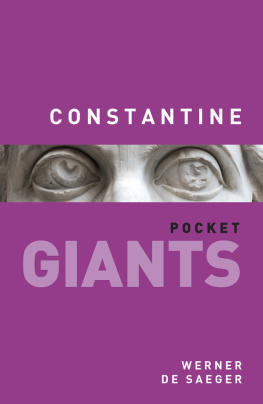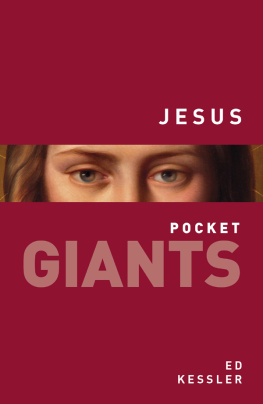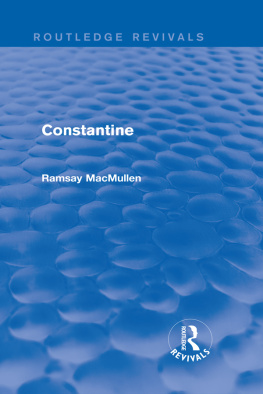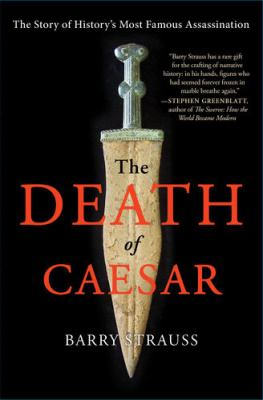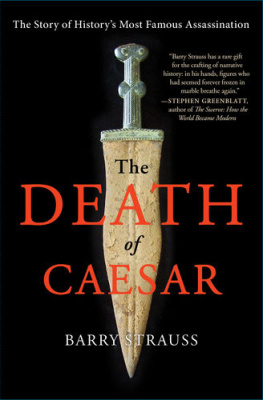To The Reverend Guillaume Baerts
sapientia per colloquia
Cover image: Shutterstock
First published in 2016
The History Press
The Mill, Brimscombe Port
Stroud, Gloucestershire, GL5 2QG
www.thehistorypress.co.uk
This ebook edition first published in 2016
All rights reserved
Werner de Saeger, 2016
The right of Werner de Saeger to be identified as the Author of this work has been asserted in accordance with the Copyright, Designs and Patents Act 1988.
This ebook is copyright material and must not be copied, reproduced, transferred, distributed, leased, licensed or publicly performed or used in any way except as specifically permitted in writing by the publishers, as allowed under the terms and conditions under which it was purchased or as strictly permitted by applicable copyright law. Any unauthorised distribution or use of this text may be a direct infringement of the authors and publishers rights, and those responsible may be liable in law accordingly.
epub isbn 978 0 7509 8125 5
Original typesetting by The History Press
eBook converted by Geethik Technologies
Contents
Why is Contantine a pocket GIANT?
Because he was the first Roman Emperor to convert to Christianity.
Because he formally ended religious persecutions.
Because he united the Roman Empire and saved it from collapse.
Because he ignited the flourishing of Christian art and architecture.
DR WERNER DE SAEGER is a professor in the Faculty of Law at the University of Brussels (ULB) and researcher and tutor at the Universities of Oxford and Cambridge. Educated at Harvard, Oxford, Cambridge, Leiden, Brussels, Leuven and Jerusalem, he specialises in the religions, art and architecture, and law of both Classical and Late Antiquity and the modern world.
1
Why Constantine is a Giant
Constantine the Great, Roman emperor from AD 306 until his death in AD 337, left a lasting legacy on the Western world. The revolutionary changes in the way the empire dealt with Christianity under his reign were the foundation for the creation of innovative legislation, new types of art and architecture, and hereto unseen theological paradigms. Constantine inherited the leadership of one of four parts of the empire in AD 306 in York, after the death of his father Constantius. At the time the empire was politically structured to be led by four individuals, a system known as the tetrarchy, which was introduced by Emperor Diocletian at the end of the third century. Diocletian had sought to respond to the lack of stable leadership during the imperial crisis of the third century. Although Constantines role from AD 306 onwards was well defined and geographically limited, over the course of the next two decades he would ruthlessly eliminate the very notion of the tetrarchy and become sole emperor of the Roman world.
During his quest for power over the Roman Empire he turned to Christianity. Whether that choice was well reflected, and inspired by sincere notions of a spiritual conversion to Christianity, will likely remain a topic of eternal debate, as it touches upon psychological analysis and it is near impossible to tell whether a man living seventeen centuries ago was genuine in his theological convictions. Indeed, it is often proclaimed that Constantine used Christianity, and monotheism, in a political strategy to reunite the empire: one emperor, one God. It fits a post facto analysis nicely but remains just a theory. It seems more than probable that the emperor was, at least at some moments and up to a certain point, devout in his Christian worldview. His decisions, starting with the very notion of joining a regularly persecuted and small minority on the fringes of Roman society, were too radical and too enthusiastic to have originated out of a purely strategic and/or Machiavellian political philosophy.
As soon as February AD 313, and only a few months after the Battle of the Milvian Bridge on the River Tiber, where he fought Maxentius, and where he supposedly turned to Christianity after having seen a cross in the sky, Constantine declared the persecutions of the Christians to be over. His Edict of Milan could, in a limited sense, be seen as an early type of freedom of religion for all avant la lettre. Although he clearly used language and notions foreign to international standards of human rights in the twenty-first century, specifically singling out Christians as one group granted the right to enjoy religious freedom, the edict remains a pivotal point in the history of the politics, laws and religions of the Western world. The very fact that Christians could now openly live their faith triggered changes that would ultimately lead to the supremacy of Christendom at the end of the fourth century, while less than a century earlier they had still been hunted and persecuted. That move, from a modest church discretely meeting for prayer gatherings and communal meals in private houses, to an institutionalised church with not just imperial patronage, magnificent buildings, comfortable finances and a growing demographic reach, but with secular power and influence, is the nexus of the revolutionary shift Constantine ignited.
The humanistic notion of religious freedom dating back to the Edict of Milan in AD 313 was, however, and perhaps unfortunately, not to last very long, as the coercive nature of the secular use of religious power would soon rise. In AD 318, Constantine allocated dispute settlement privileges to bishops, thereby making de facto judges out of clergy members. Was this to be seen as a form of privilegium fori, the concept of being judged by ones peers? I think not. In this case, we are not merely looking at legal proceedings in which clergy members are involved; any Christian could opt for a case to be heard by a bishop. And during a certain period, the decisions of a bishop seated as judge would be final. The fact that Constantine singled out Christianity for such a conferral of secular power is not to be underestimated. Mixing religion and law was not revolutionary, the formalistic aspects of both Roman Law and certain elements of Christianity, and especially Paganism, were quite identical, but the consequences were real: suddenly Christians were taking part in the legal, and even politico-legal aspects of government administration.
In AD 321, Constantine established a law that would be known as the Sunday Rest Law. This notion of a weekly day of rest, similar in its philosophy to the Jewish Sabbath, is still applied in many European countries, and in the United States of America, where it is known as blue laws. For one day each week, shops are either closed or not allowed to sell certain products and businesses temporarily shut down operations. The idea of resting from work every seventh day is not new; Judaism had known it for a long time albeit on a different day of the week. Whereas Jewish people to this day celebrate Sabbath from sundown on Friday evening to sundown on Saturday evening, Constantines day of rest would be the Sunday. This change of calendar was not insignificant; it furthered the parting of the ways, the complex and long process that gradually separated Christianity from its Jewish origins. A change in the weekly day of rest may seem like a minor element if analysed on its own, but it is to be seen as part of an ensemble of changes and distinctions which would culminate in the establishment of an entirely separate Christian identity. Such an identity would align Christians into one community, and try to create a level of orthodoxy at which one could reasonably speak of the Christian Church as one entity, instead of a kaleidoscope of groups and communities which might share common practices but still had a diversity and pluralism that caused strife and enmity. Christians being close to, but still quite different from, one another was indeed one of the challenges Constantine faced when he wished to unite the Church just as he was succeeding in uniting the Romans in one empire. Concurrently though, this Sunday was also the day of rest in honour of the sun god, Sol Invictus. This ambiguity, simultaneously Christian and pagan observation, is what keeps the controversy alive, and deters scholars from forming a consensus on the nature of Constantines conversion, reign and life.

